@admin
Many years ago, during the Christmas period, I was given the chance to purchase a watch, an Angelus Chronodato. I knew next to nothing about the piece, but I liked its aesthetics so much that I bought it. I believe I made the right decision, as with time this watch has acquired cult status among vintage-watch aficionados and collectors. Before presenting and discussing the Chronodato, I would like to outline the history of the now-defunct Angelus brand. Although it came out of one of the great watchmaking “Maisons”, the brand has been long overlooked since its disappearance.
The Maison Stolz Frères
The Maison Stolz Frères was founded by the Stolz brothers in 1891 in the town of Le-Locle, one of the three most important centres of Swiss, and global, watchmaking at the time. Its beginnings were humble, almost artisanal, working as it did out of small workshops and making its watches with “ébauches”.
It achieved relatively early success, thanks to its specialising in pocket watches with complications and chronographs that were exported to countries such as Italy, Germany or Russia. This resulted, in 1904, in a move to its own premises and beginning to manufacture its own calibres and its own brand “Angelus”.
During the next decade, it specialised in creating in-house pocket watches and mantel clocks with high-end complications, such as a minute repeater and a chronograph with moon phases.

It was during this golden era for the company that it began to win gold medals for its timepieces at various exhibitions, such as at Liège, in addition to winning international recognition. The advent of the First World War forced a slowdown in the factory’s production. Nevertheless, they created a minute-repeater watch for the blind (many of which were given for free to soldiers who had lost their sight during the Great War, something that was recognised and appreciated by Marshal Joffré in a public letter of gratitude).
In the immediate post-war years, the now-established use of radium as a luminescent material consigned minute-repeater watches, which had been one of the Angelus brand’s star products, to the background. This setback forced the company to concentrate on the production of travel and mantel clocks, with alarm complications. Shortly afterwards, it began to focus on the production of chronograph wristwatches, which Breitling had established as a trend.
The Angelus Chronographs
There is very little information or visual documentation concerning the first Angelus chronographs. We know that they emerged in the decade between 1925 and 1935. They were single-push-button chronographs with 30- and 45-minute counters. The calibres used in the 30-minute counter watches were Valjoux ébauches and those of the 45-minute counter watches were manufactured in-house. In the image below (perhaps the only known advertisement), we can see one of the first examples from the late 1920s.

In this single-push-button chronograph, Angelus used its first in-house chronograph calibre, the SF 15.
In 1933, Breitling brought out its first dual-push-button chronograph. Not to be left behind, in 1935, Angelus completed the development of the SF 210 calibre, used in both single- and dual-push-button versions, and brought out its first chronograph with dual push buttons. In the right-hand-side image (or below if viewed on a mobile), we show the version of the watch issued to Hungarian Air Force pilots.
The success and reliability of its watches resulted in another golden era of economic expansion for the Maison Stolz Frères. Inclusion in “La Classification Horlogère”, the register of Swiss watch movements and materials, victories at watch competitions at the Le-Locle Observatory, and the huge diversity and variety in the aesthetics of its watches, meant that Angelus became a leading brand and a reference point of global watchmaking. This fame earned it the respect of the public leading to enormous success in terms of sales, and collaboration with the Italian and Hungarian armies. The relationship between Angelus and Panerai is pivotal in the history of “war” watchmaking.
In 1940, the well-known SF 215 calibre came out, for dual-push-button chronographs, and was at the forefront of Angelus’s development in the 1940s. It was also the base for the SF 217 calibre used in the Chronodato. This 14-line, manual winding, 40-hour power reserve calibre, was used in a wide range of watches with various faces and case types. By way of example, see the 1945 catalogue shown below. This calibre was also used in the legendary Panerai Mare Nostrum, of which very few were made.

The Emergence Of The Chronodato
However, it was not until 1942 that the Chronodato, possibly the most famous Angelus chronograph, emerged. The image below is perhaps the first known advertisement for the Chronodato.

What makes this watch so special, such that in the last decade it has gained cult status and become an object of desire for so many collectors? Let’s have a look.
Searching for information about the Angelus Chronodato, I came across this charming and revealing photograph (found in the Madrid flea market) which shows an anonymous young man, in a film star pose and showing off his watch with obvious pride. Perhaps he was an affluent businessman or a successful and well-off middle-class man of the post-war era. Putting it into context, not many Spaniards could have afforded to show off a watch like this. If we look carefully, we discover that the watch is a Chronodato. The reality is that the Angelus Chronodato was, in its time, an exclusive, luxury, modern watch that signified an elevated social status. It goes without saying that collectors love this exclusivity.
Secondly, I would highlight that we are talking about the first chronograph in the world to have a full calendar and to be mass-produced. This is not a trivial matter in the world of watch complications and makes it highly collectable for this reason alone. Never before had a watchmaker created a complication like this in-house and released it into the market. To give some examples from some of the most prestigious watch houses, in 1941, Patek Philippe produced reference 1518, which was a chronograph with perpetual calendar. Only a hundred or so of these marvellous watches were made and its calibre was not in-house, just a modification of an ébauche (Valjaux 13Q). Another wonderful example that contained this complication is the Audemars Piguet 13 VZAQ, from 1942, which also used another modification of the Valjoux 13 and was issued in even smaller numbers than the Patek.
Its immediate rival, Universal Genève, created a series of chronographs with calendars that used ébauches supplied by Martel, rather than in-house movements, although this subject needs deeper and more careful investigation. I believe it is important to cite the “Universal Tri-compax” (1944) as one of the most instantly recognisable watches among collectors, thanks to the fact that it was the watch that Harry Truman used and was a silent witness to the Potsdam Agreement during the last days of the Second World War. Angelus was not far behind and quickly brought out the Chronodatoluxe, which appeared in the 1945 brand catalogue, although it was launched in the market a little later.
Classification Of The Chronodatos
We have already observed that the Chronodato was the first mass-produced chronograph with a triple-date calibre, and its release into the market was a tremendous sales success.
Any attempt to classify the different Angelus Chronodato models that were released, along with their references, is an almost impossible task. Even though there is quite a lot of information about the watch on the internet, it has the same sources which just refer back to one another.
Unfortunately, after the closure of the “Maison”, all the archives were lost along with most assets, including the machinery; a real loss when trying to carry out an in-depth investigation.
Luckily, some years ago, I found a 1945 catalogue, which sadly is no longer available on the internet but which I will gladly share with anyone who asks. From it, I have taken the page shown below, with several of the models that were released, but stress that these were not the last nor the only models.

The first thing to notice about this watch is how harmonious it looks despite the great amount of information displayed on the dial. The chronograph is bicompax with a 45-minute counter. Another noteworthy feature is the perpendicular positioning of the date windows, with the month on the upper part of the dial and the day of the week on the lower part; the date is shown in a circle around the edge of the dial, marked with a hand ending in the form of an arrow. The result is an easily readable whole. Below the month window, the dial shows the characteristic logo, framed by an outline of one or two lines (depending on the model) and the inscription “Chronodato” underneath. Angelus named it “Chronodate” in its first year, but from 1943 it appeared as “Chronodato”.

Here is a sample from my own collection, in an 18-carat Swiss gold case, which, however, does not match any of the watches in the catalogue.

As already mentioned, Angelus used the SF 215 calibre to which it added a full-date module. This new calibre was called the SF 217. The image below shows the calibre of my watch.

For the SF 217 calibre, more precise graphic information is available. The bridge of the chronograph module was always signed with the characteristic logo of the house. In the photograph, we can also appreciate that the bridges were decorated with “Côtes de Genève”, although not in all instances and I have been unable to establish why this is (possibly according to whether the watches were early or late versions). It would be a good idea to carry out some sampling of existing models in order to achieve a more thorough classification.
In the recent “Angelus Collector’s Guide” by Christoph Öhm Kühlne, he attempts to date the various types by looking at the shape of the balance wheel axis. It is an interesting starting point, albeit not necessarily an empirical one. There are many factors that could refute this method of classification. The watch might have been repaired or a part have been changed, or it could have left the factory with a different balance wheel bridge, something that happened frequently with related calibres where it was possible to exchange compatible elements during mass production. This in no way undermines Öhm Kühlne’s worthy study.
In the last decade, we have seen a real revival of vintage chronographs; the Angelus Chronodato was always going to be part of this thanks to its beautiful appearance, its history and its relatively modern size (38 mm). Unfortunately, this has resulted in significant sales of forgeries of this watch. There is still no definitive way to determine the originality of a watch, even less so for a watch with so little graphic information available, but we can establish some authenticity guidelines.
Following on from the above description of the calibre, another important factor to consider is the dial and its various elements.
Let’s start with the logo font. This is very characteristic and therefore quite difficult to forge or repaint. The logo is framed by an outline of one or two lines underneath which is inscribed “Chronodate” or “Chronodato”.
The dial should maintain a perfect proportion between the sub-dials and the month window, as seen in the two images below.
As a general rule (at least in the samples that appear in the catalogue) the watch dials usually carry the marking “Swiss” just above the bottom date window, although there are other samples that carry it on the lower rim of the dial, between the seconds scale and the date track. In other samples, we can also find the inscription “Antimagnetic”.
The chronograph counter should have four red markings, commonly known as “telephone counters”. In the 1940s and 50s, international calls were accounted for in blocks of three minutes. In other words, you paid for three minutes, and once this time had elapsed, you paid for an additional three minutes, and so on.

In the above image, we can see that the seconds hands and chronograph hands in the sub-dials are noticeably different, which should always be the case.
We should also remember that there are versions with personalised dials, such as this one for the prestigious Cáracas jewellers, Máximo Blum.

Another important point to consider is the case back. Generally, the case backs that were made of steel or were gold plated, had the logo and serial number engraved on the back. Inside, the company name and the model number should appear.
With the solid gold cases, it is not as straightforward, as there are three types. Firstly, there are national gold cases, which were made in the importing country to avoid customs duty. Secondly, cases produced by the factory (in-catalogue items) engraved in the same way as the steel cases, as shown below (see the left-hand image, or the upper one if visualised on a mobile device). Thirdly, ad hoc cases, produced whenever and for whatever reason, but definitely manufactured in Switzerland and carrying the identification hallmarks, like the one in my sample (see the right-hand image, or the lower one if visualised on a mobile device).
In terms of the shape of the cases and types of lug, all the known classifications have been based on the previously mentioned Mexican catalogue from 1945 and, unfortunately, no further information is available. Perhaps someone will one day carry out additional research in order to classify them further.
I myself researched the different languages used in the date windows and was able to infer that the Chronodato was marketed throughout Europe, the US and the developing countries that had not suffered from the ravages of the Second World War.
As always, the best thing we can do before acquiring a watch of such historic value, and by extension any vintage watch, is to use some common sense. Try and look for a piece that has a good aesthetic and functional balance, and investigate and read up extensively about it before going any further.
I cannot finish without adding a note about the decline of the Maison Stolz Frères. At the end of the 1950s, chronograph wristwatches fell out of use. Angelus stopped making in-house movements and returned to using ébauches. The automatic watch came into fashion and the house was unable to keep up with the times, the opposite of what had happened during its first financial crisis in the 1920s brought about by the fall into disuse of minute repeaters in favour of the use of radium. The emergence of quartz was the final blow for many manufacturers and was the death knell for Angelus, as well as many other watch houses. However, the brand re-emerged in 2011 and in 2016 it was acquired by La Joux-Perret, which, under the direction of Frédéric Wenger and Sébastien Chaulmontet, has created a new range of high-end watches.
As I mentioned, I have found it impossible to link to the source of the Angelus catalogue from 1945 that I came across several years ago (in PDF format). If anyone would like to see it or have a copy, please comment below this post or send me an email (info@safonagastrocrono.club) and I will happily oblige.
To finish, I would like to give a little nod to the anonymous hero in the photograph referred to above, with a picture of the watch that he was so proud of and that gave him such pleasure.


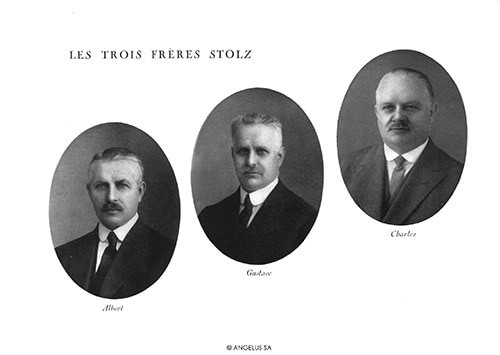

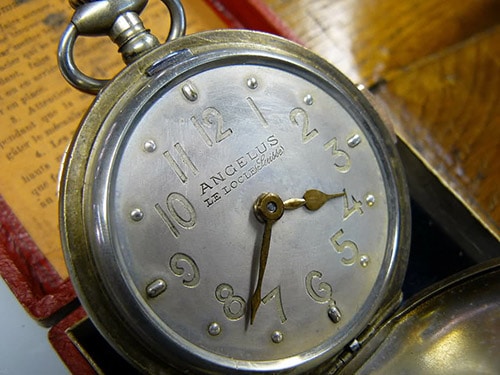
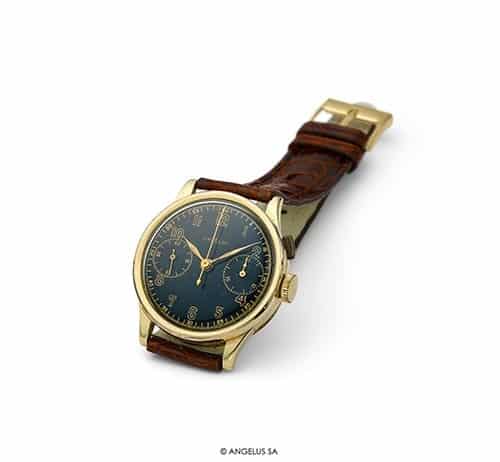
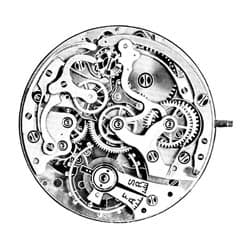
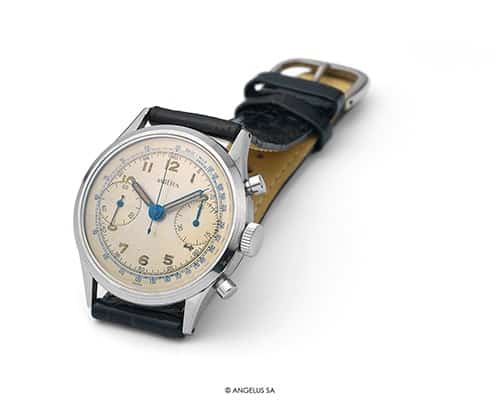
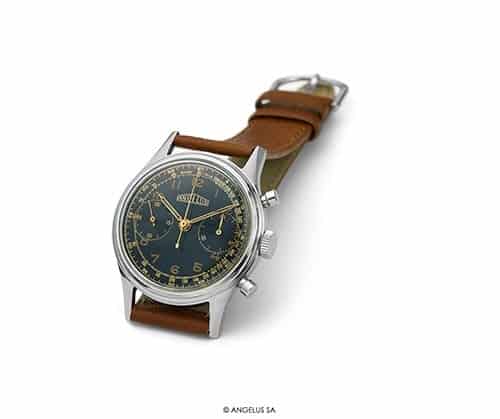
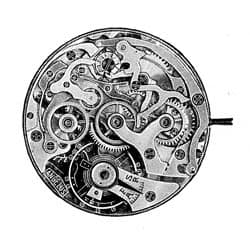

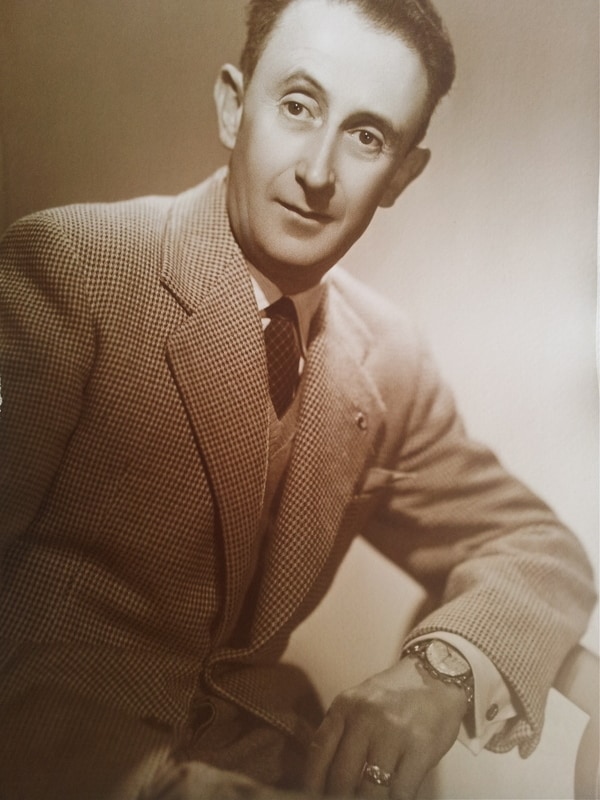
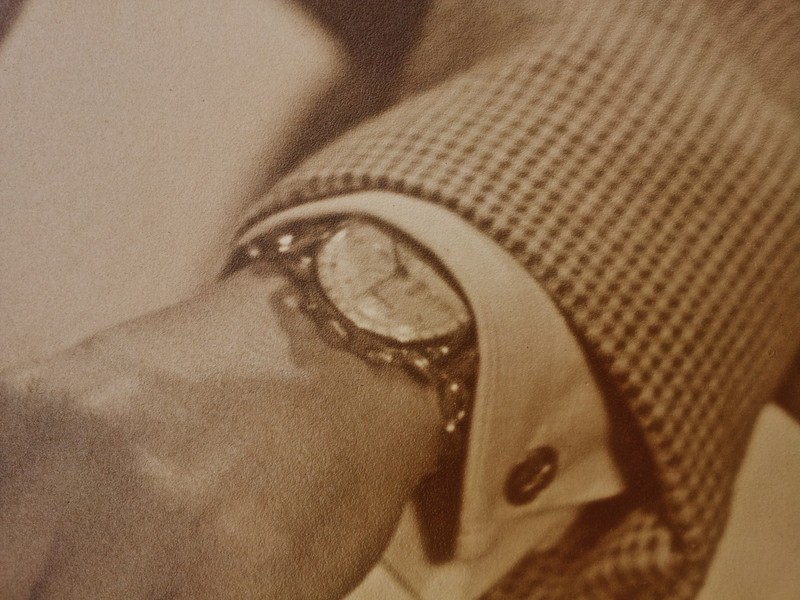

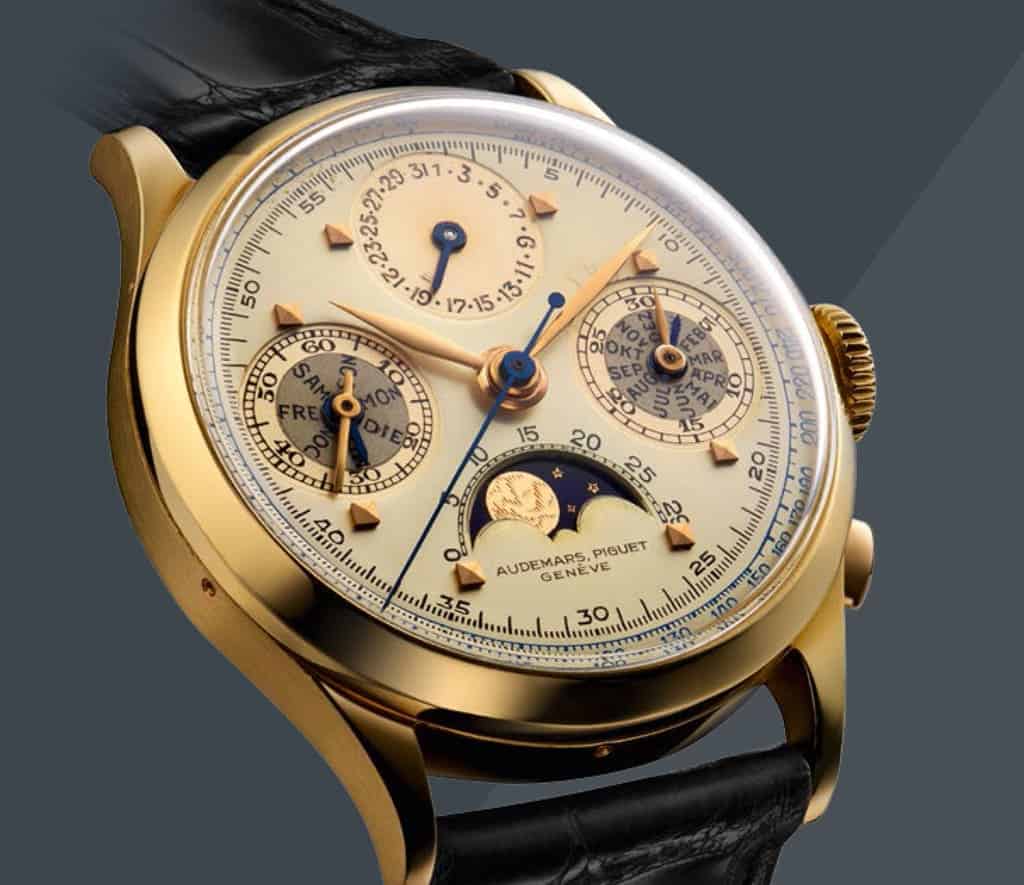
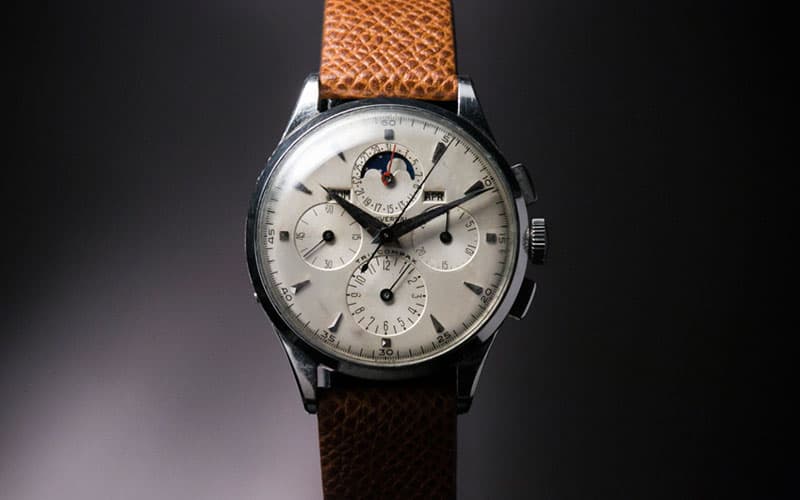
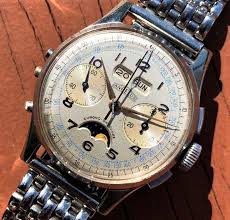

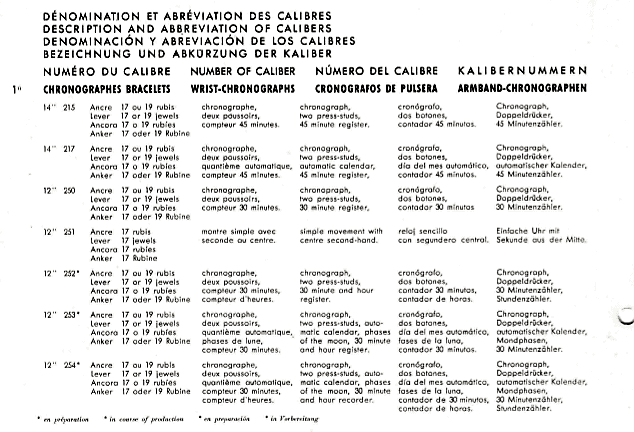

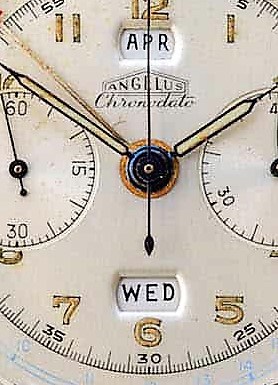
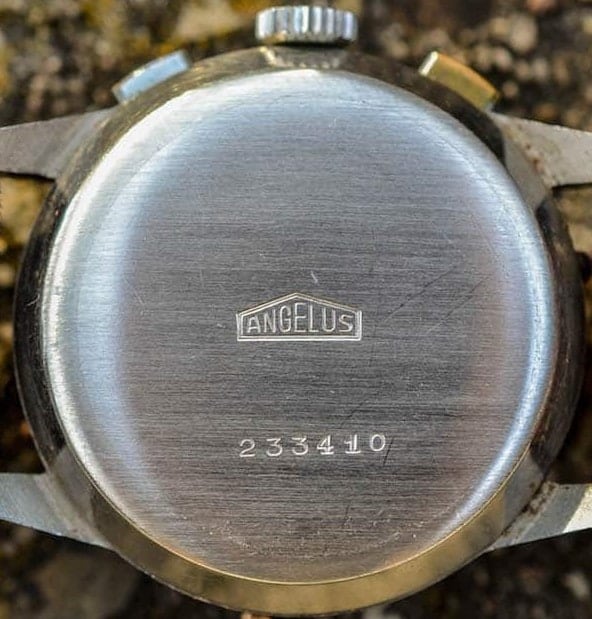


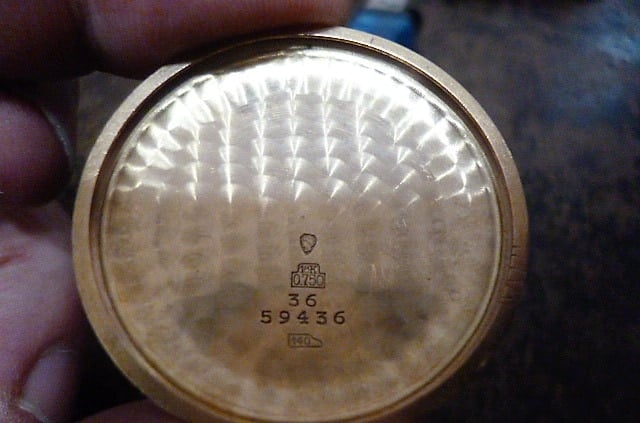
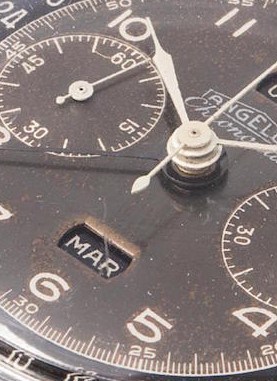
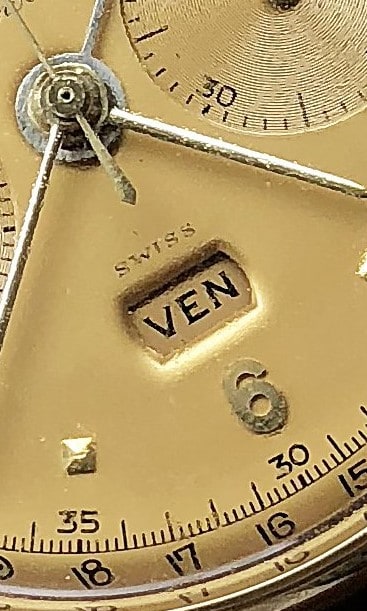
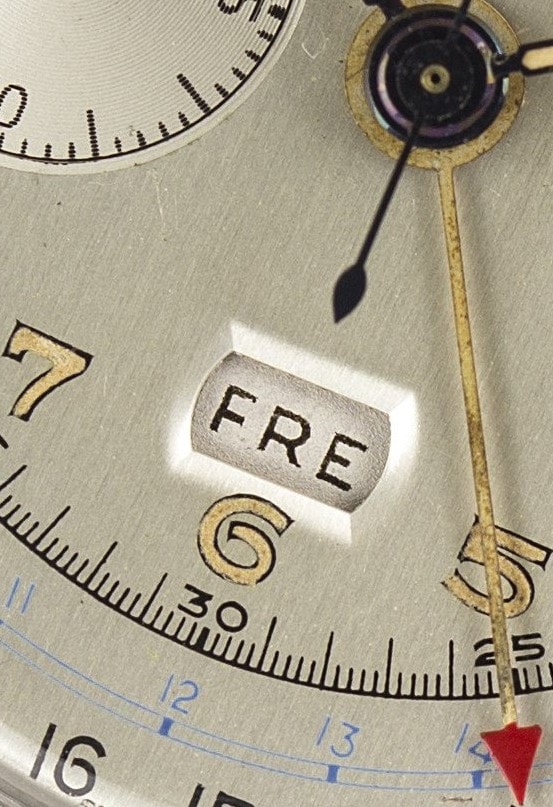
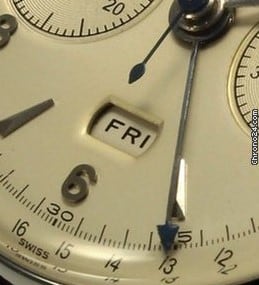
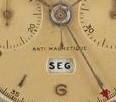
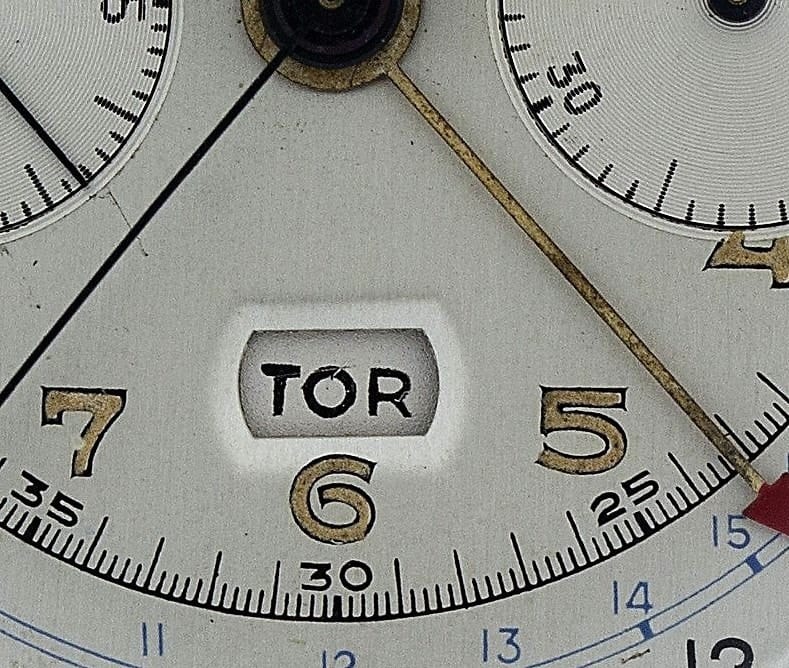

Great work Adam. Thank you sou much. Now this thread will be a reference about this brand for all the vintage collectors watches.